
BIOFACTS
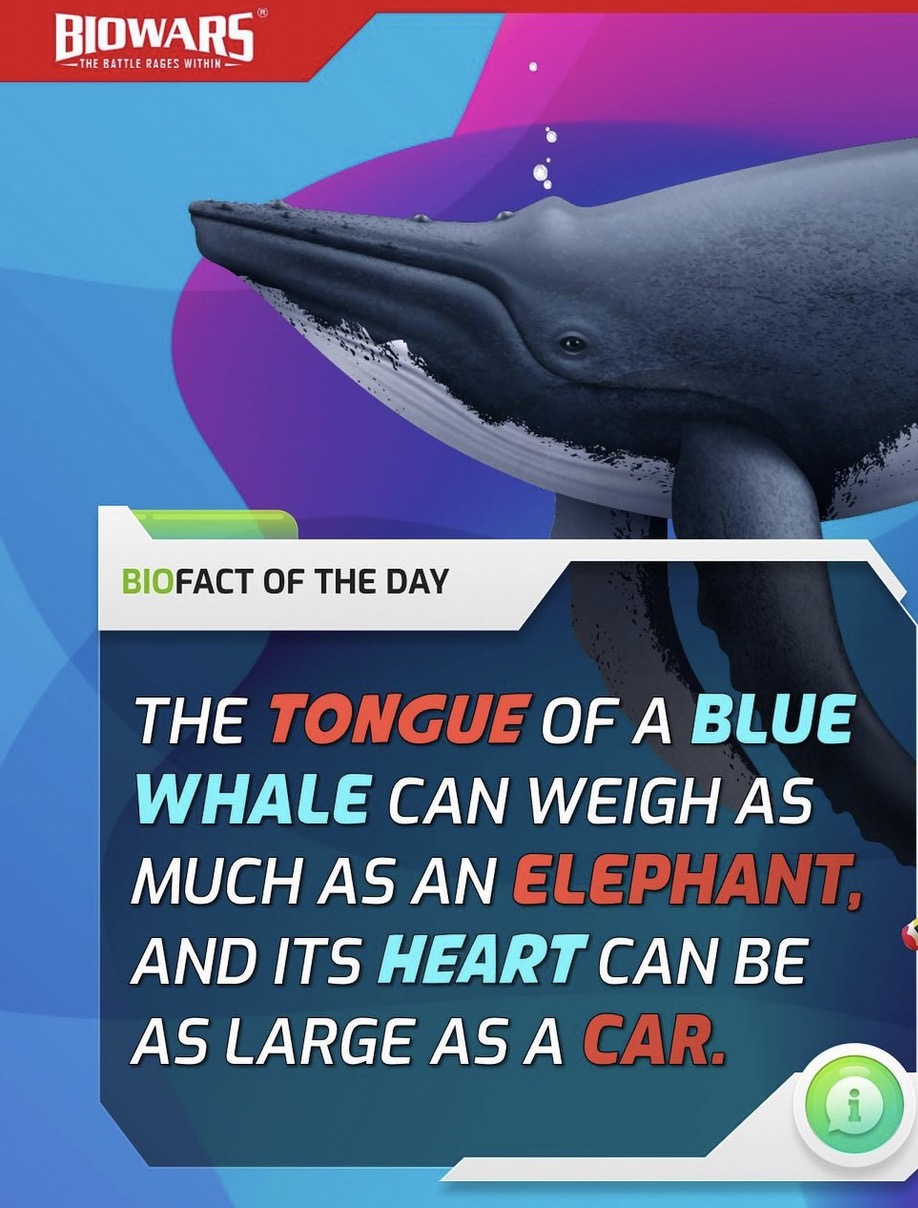
How Heavy Is The Blue Whale’s Tongue?
A blue whale’s tongue can weigh as much as an elephant and its heart can be as large as a car.
Blue whales are the largest animals on Earth, and their incredible size extends beyond just their tongue and heart. For example, their overall body length can reach up to 30 meters (98 feet), and they can weigh up to 200 metric tons (220 short tons).

How Many Skin Cells Do You Lose In 24 Hours?
Humans can lose up to five billion skin cells in 24 hours and about 200 million skin cells every hour.
The process of shedding skin cells is part of the natural cell turnover and renewal process. As new skin cells are generated in the deeper layers of the epidermis, older cells are pushed toward the surface and eventually shed.
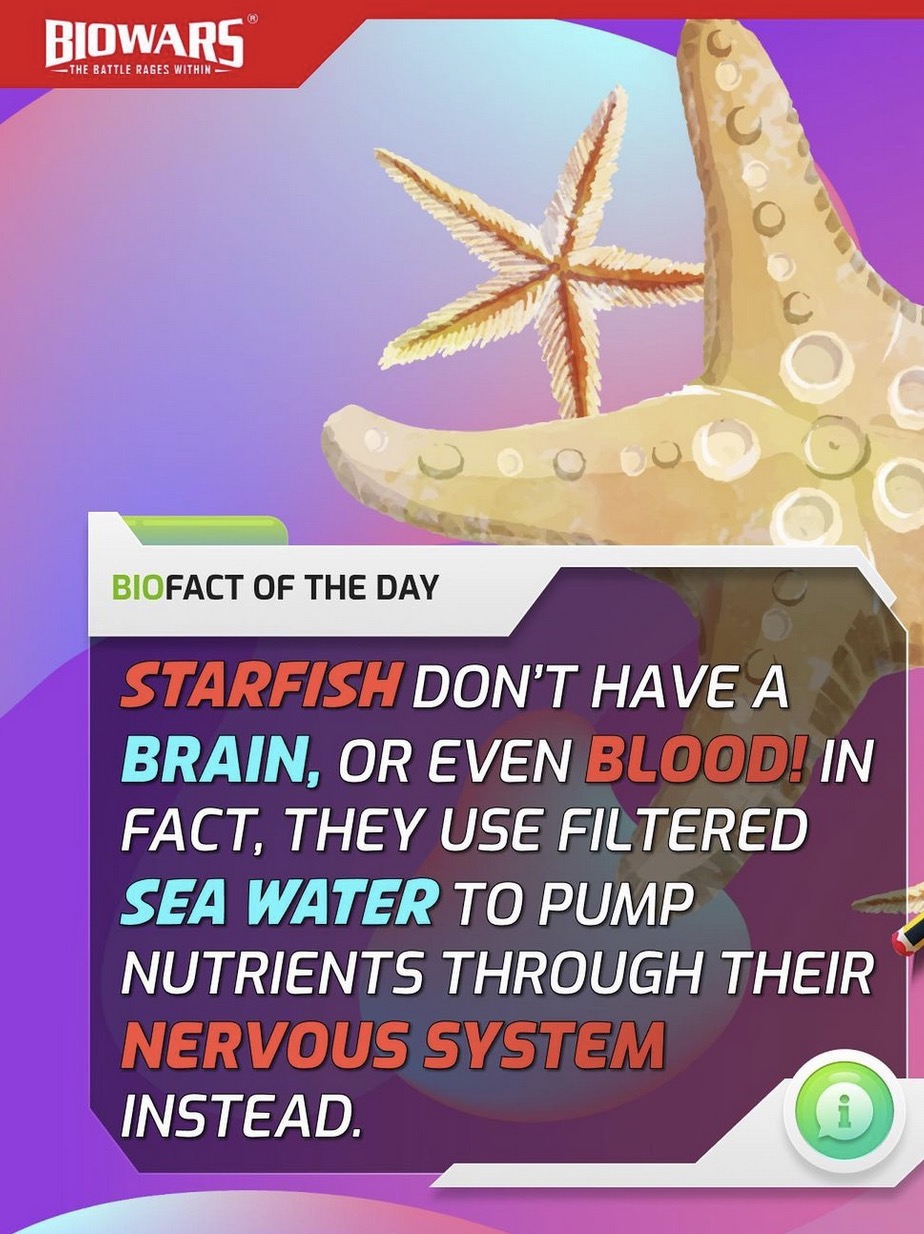
Do Starfish Have Brain?
Starfish don't have a brain or even blood!
Starfish use filtered seawater to pump nutrients through their nervous system.

Can You Guess The Resolution Of The Human Eye?
If the human eye were a digital camera, it would have a resolution of 576 megapixels!
Although it’s interesting to compare the eye’s resolution with cameras, it is important to recognize that the human visual system is far more intricate and capable than a simple megapixel count can convey.

How Strong Are Dung Beetles?
Dung beetles can pull 1,141 times their own weight, which makes them the strongest animal on the planet.
Dung beetles use their strength to roll dung into balls and transport it to suitable locations for nesting or feeding, efficiently processing animal waste and playing a crucial role in ecosystems.

How Do Penguins Filter Water?
Penguins have glands that help them filter salty ocean water and use it for drinking.
The gland gets rid of the sodium chloride from the penguins’ bloodstream, allowing them to survive even when they don’t have access to fresh water.

How Fast Are Orcas?
Orcas are extremely fast swimmers and have been recorded at speeds of up to 34 mph.
Orcas can sustain these high speeds for short bursts, allowing them to chase down prey or cover large distances efficiently.
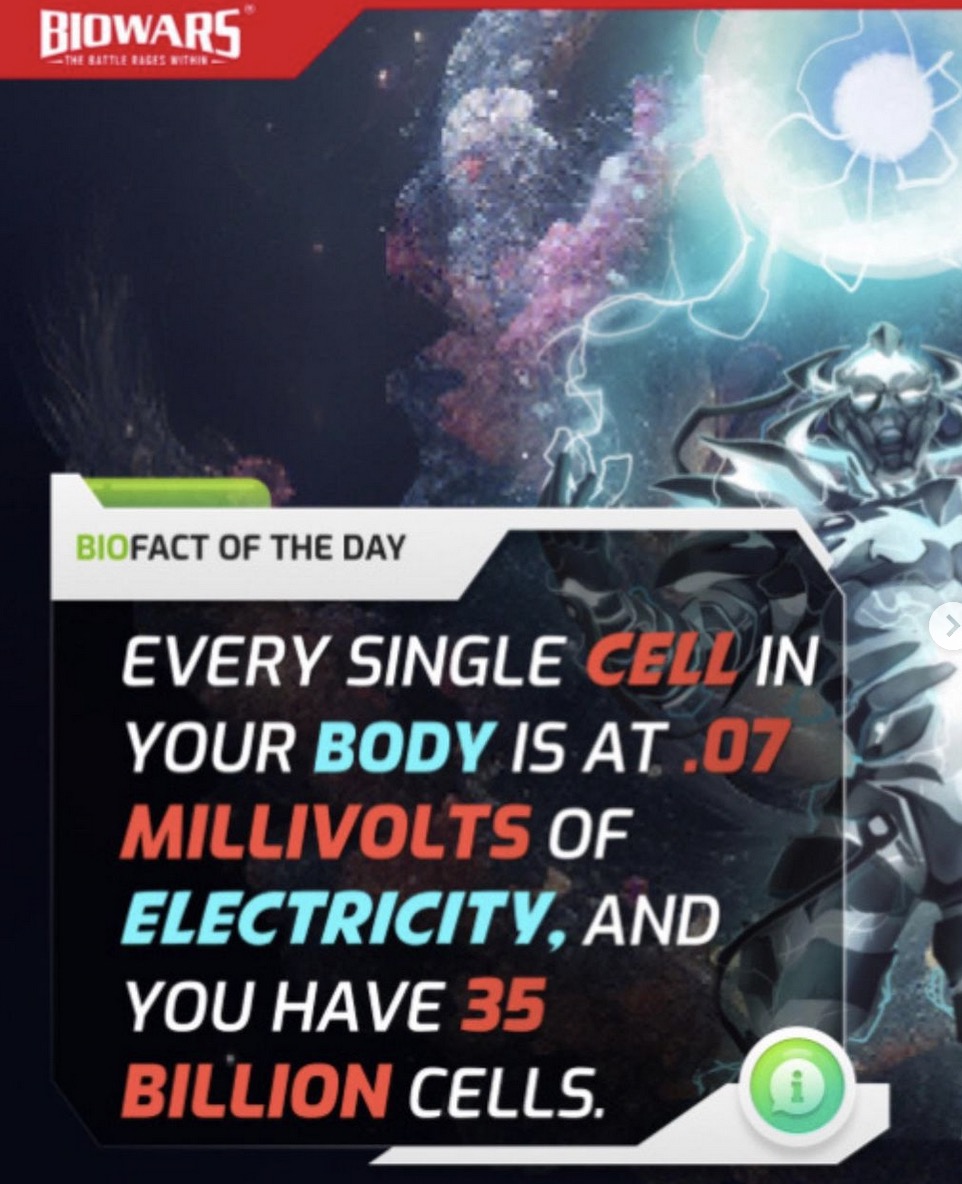
How Strong Is The Electrical Charge In Cells?
The electrical charge inside the cells is 0.7 millivolts and you have 35 billion cells!
The electrical charges and potentials within cells are highly dynamic and can change in response to various stimuli and cellular activities.

How Loud Is The Wolf?
A wolf’s howl can sometimes be heard over 50 square miles away.
Wolves can produce powerful and loud howls. Their vocalizations are characterized by a combination of low-frequency tones and higher-pitched elements, creating a distinct and captivating sound.

Horned Lizards Can Shoot Blood From Their Eyes?
The horned lizard can shoot blood from its eyes to deter predators. The blood comes from the tiny vessels around the lizard’s eye that rupture when the lizard is in danger. The blood can travel up to 5 feet!
The blood contains a chemical compound called autohemorrhaging agent, which is believed to have a foul taste or smell, acting as a deterrent to predators.

How Strong Is Grizzly Bear’s Biting Force?
Grizzly bears possess a biting force of over 1200 PSI, which is enough to crush an iron skillet.
Grizzly bears have well-developed jaw muscles and robust teeth, including sharp canines and molars adapted for tearing and grinding tough materials. They use their strong jaws not only for feeding on a variety of foods like fish, berries, and meat but also for defensive purposes and other activities in their natural habitats.

Dolphins Can Get High?
Dolphins bite on pufferfish to get "high."
When dolphins interact with pufferfish, the fish release a toxin called tetrodotoxin. This toxin can have psychoactive effects, leading to a state of altered consciousness in the dolphins. However, it’s important to note that the exact nature and purpose of these interactions are still not fully understood and are subject to ongoing scientific investigation.
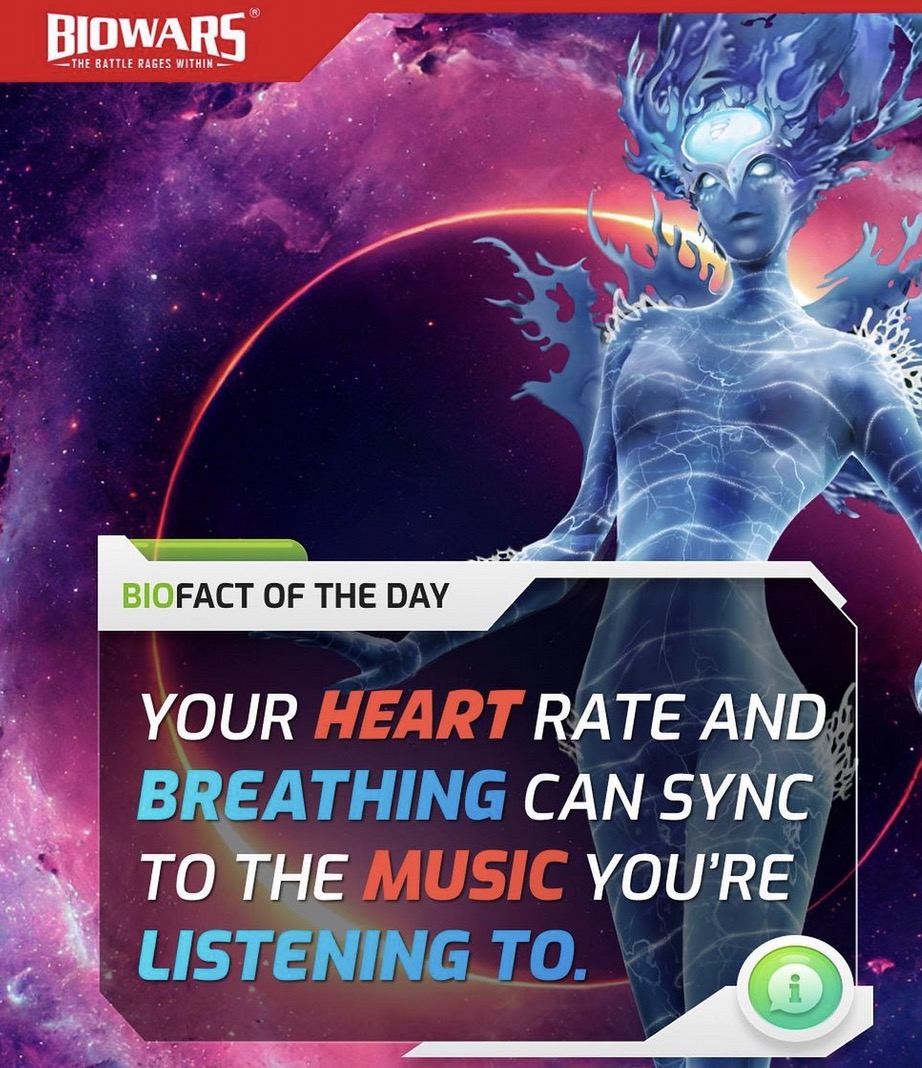
Heart Rate & Music
Your heart rate and breathing can sync to the music you’re listening to.
The tempo or rhythm of music can influence heart rate. Upbeat and fast-paced music tends to increase heart rate, while slower and more relaxing music can have a calming effect and potentially lower heart rate. This connection is believed to be mediated through the autonomic nervous system.

How Strong Are Your Sneezes?
When you sneeze your body is getting rid of infected cells. The average sneeze spreads over 100,000 virus cells up to 30 feet.
Sneezes can exert a significant force on the body. It is estimated that the pressure inside the respiratory system during a sneeze can reach up to 10 times that of normal breathing. This force can lead to temporary changes in blood flow, heart rate, and even affect the pressure in the middle ear.

How Deadly Was The Spanish Flu?
The number of victims from the Spanish flu outnumbered available resources causing stacked bodies in morgues and mass graves.
The Spanish flu, which occurred between 1918 and 1919, was one of the deadliest pandemics in human history. It infected an estimated one-third of the global population at the time, which amounted to approximately 500 million people.

Are Viruses Alive?
Viruses are not alive — they do not have cells, they cannot turn food into energy, and without a host, they are just inert packets of chemicals.
It’s important to note that different scientists and researchers may hold different perspectives on this matter. Regardless of their classification, viruses have a profound impact on living organisms. They are responsible for various infectious diseases and have shaped the course of evolution throughout history.

Disease During The Civil War
During the Civil War, approximately 413,333 or 2/3 of soldiers died of disease rather than battle.
Some of the most significant diseases that caused illness and death among Civil War soldiers include dysentery, typhoid fever, malaria, pneumonia, tuberculosis, smallpox and measles.

How Dangerous Were Measles Before Vaccination?
Before 1980 and widespread vaccination, measles caused an estimated 2.6 million deaths each year.
Measles is one of the most contagious diseases known to humanity. It spreads through respiratory droplets when an infected person coughs or sneezes, or through direct contact with contaminated surfaces. Approximately 90% of non-immune individuals who come into contact with an infected person will contract the virus.

Is There A Link Between Civet Cats And SARS?
Civet cats are linked through generic testing to the outbreak of SARS. In January 2004, the Chinese Health Ministry ordered the killing of thousands of these mammals.
The outbreak of SARS in 2004 was caused by a novel coronavirus, which originated in bats and subsequently spread to humans through an intermediate host, which was believed to be civet cats.

How Many Scents Can Your Nose Remember?
The human nose can remember over fifty thousand scents.
The ability to remember scents is linked to the brain’s olfactory memory system. When we encounter a smell, the olfactory receptors in our nose send signals to the olfactory bulb, which is part of the brain’s limbic system, responsible for emotions and memory. This connection allows scents to evoke vivid memories and emotions, often more strongly than other sensory cues.

What’s The Origin Of The Word Virus?
The name virus was coined from the Latin word meaning "slimy liquid" or "posion."
The Latin word “virus” itself likely has even older roots. Some scholars believe it may be related to the Sanskrit word “visam,” meaning “poison” or “venom.” This suggests a possible connection between the Indo-European languages and the ancient origins of the term.

How Old Is Smallpox?
The earliest evidence of skin lesions from smallpox can be found on the face of mummies from the 18 and 20th Egyptian Dynasties.
Throughout history, smallpox has had a significant impact on human populations. It is believed to have caused widespread epidemics and pandemics, resulting in millions of deaths. Smallpox was a major threat until the development of a successful vaccine in the late 18th century.

What Are Blaschko’s Lines?
Blaschko's Lines are are invisible patterns built into the human DNA, causing V- and S-shaped lines all over the human body.
Blaschko’s Lines do not correspond to the nerves or blood vessels in the skin, as they follow a distinct developmental pattern. They are thought to represent the migration of cells derived from different embryonic layers, including ectoderm, mesoderm, and endoderm.

How Much Saliva Do Humans Make?
An average human produces enough saliva in lifetime to fill two swimming pools.
Saliva contains enzymes that begin the process of digestion. The enzyme amylase breaks down starches into simpler sugars, initiating the digestion of carbohydrates in the mouth.
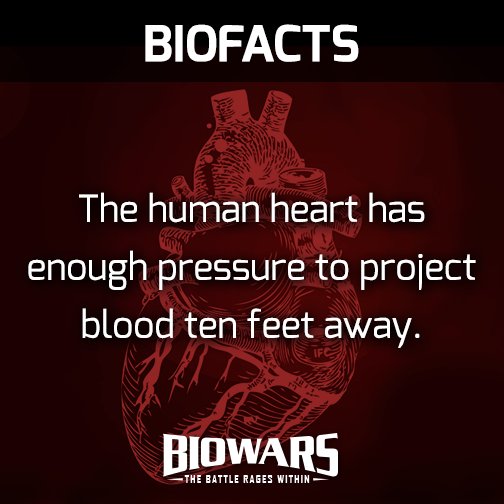
How Strong Is The Human Heart?
The human heart can project blood ten feet away.
The heart can generate a significant amount of force during contraction. The left ventricle, which is the heart’s main pumping chamber responsible for delivering oxygenated blood to the body, exhibits the highest contractile force. In a healthy adult, the left ventricle can generate a peak systolic pressure of around 120-140 millimeters of mercury (mmHg) during contraction.

What’s The Smallest Bone In The Human Body?
The stapes bone is the smallest bone in the human body. It's located in the middle ear and it's only 0.3 inches long.
The size of the stapes bone is crucial for its function in amplifying sound vibrations. Its shape is unique — it resembles a stirrup or horseshoe.

Pistol Shrimps Can Kill Prey With Sound?
The pistol shrimp can create a sound loud enough to stun and even kill its prey. The sound it creates is as loud as a gunshot and can reach up to 218 decibels.
The pistol shrimp has one claw that is significantly larger and more powerful than the other. The larger claw has a specialized joint that can lock in a cocked position.